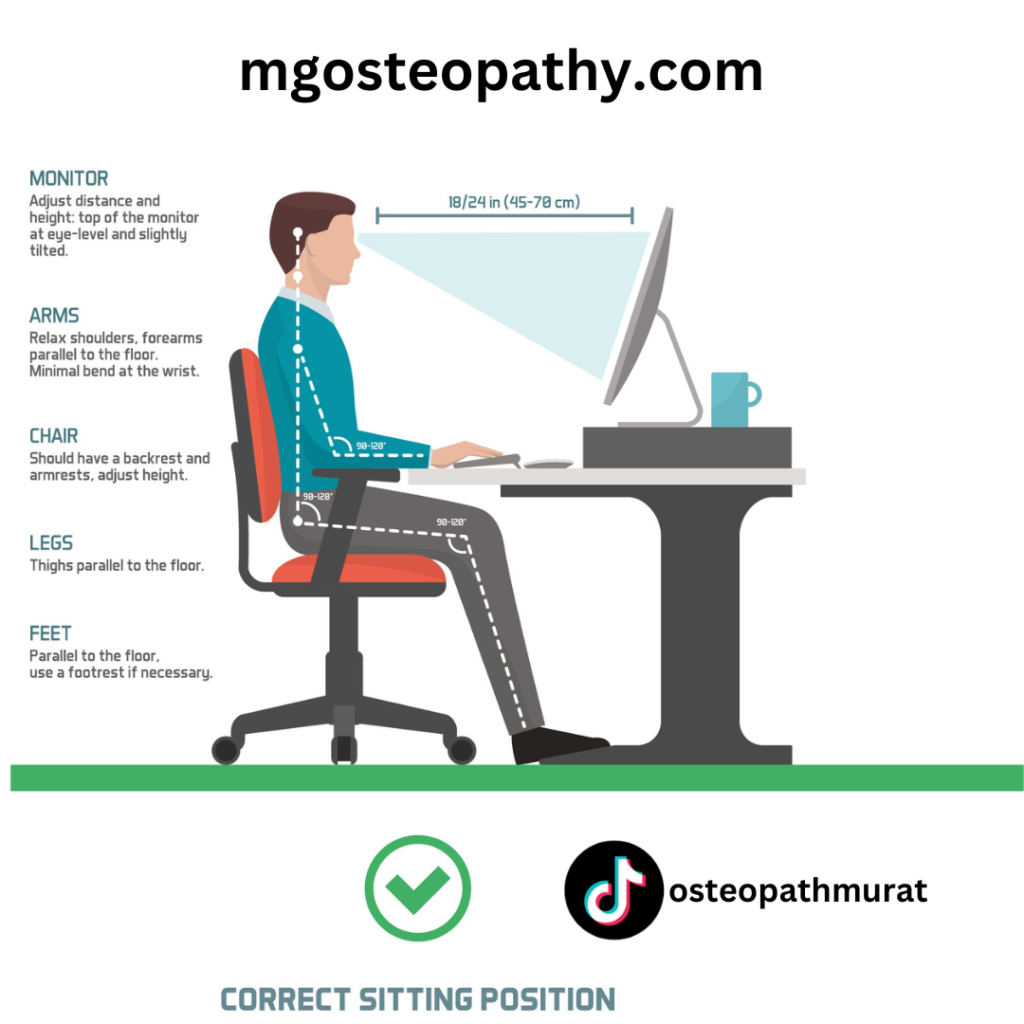In the hustle and bustle of modern life, it’s easy to overlook the significance of something as seemingly mundane as posture. Yet, posture plays a crucial role in our overall well-being, influencing not only our physical health but also our mental and emotional states. From the way we sit at our desks to how we stand while waiting for the bus, posture affects every aspect of our lives. In this article, we delve into the importance of good posture and how it contributes to a healthier, happier life.
The Basics of Posture:
Posture refers to the alignment and positioning of the body in any given situation. It involves the arrangement of muscles, bones, joints, and connective tissues that support the body’s weight and maintain balance. Good posture occurs when these components are properly aligned, allowing for optimal function and minimising strain on muscles and ligaments.
Physical Health Benefits:
One of the most apparent benefits of good posture is its positive impact on physical health. When you maintain proper alignment, you reduce the risk of musculoskeletal problems such as back pain, neck pain, and joint stiffness. By distributing weight evenly across the body, good posture prevents excessive strain on any particular muscle group or joint, thus reducing the likelihood of overuse injuries.
Additionally, good posture promotes efficient breathing and circulation. When you slouch or hunch forward, you compress your chest cavity, limiting the ability of your lungs to expand fully. This can lead to shallow breathing and decreased oxygen intake, which may contribute to feelings of fatigue and lethargy. On the other hand, standing or sitting with proper alignment allows for unrestricted breathing and optimal oxygen flow throughout the body, enhancing energy levels and overall vitality.
Mental and Emotional Well-being:
Beyond its physical benefits, posture also influences mental and emotional well-being. Numerous studies have demonstrated a strong link between posture and mood, with upright posture associated with greater feelings of confidence, positivity, and self-esteem. Conversely, slumped or closed-off postures are often indicative of low mood, anxiety, or stress.
The mind-body connection is powerful, and posture serves as a tangible expression of our internal state. When we stand tall with our shoulders back and our head held high, we project an image of strength and resilience, both to ourselves and to others. This posture not only influences how we perceive ourselves but also how we are perceived by those around us, shaping social interactions and interpersonal dynamics.
Furthermore, research suggests that adopting confident, open postures can actually alter our neurochemistry, leading to an increase in testosterone levels and a decrease in cortisol, the stress hormone. These hormonal changes contribute to a greater sense of empowerment and reduced feelings of anxiety or apprehension.
Improving Posture:
Given the myriad benefits of good posture, it’s worth investing time and effort into improving and maintaining it. Fortunately, there are several strategies you can employ to cultivate better alignment and support optimal posture:
- Mindfulness: Start by simply paying attention to your posture throughout the day. Notice how you sit, stand, and move, and make a conscious effort to correct any deviations from proper alignment
- Ergonomic adjustments: Ensure that your work environment is ergonomically designed to support good posture. Invest in a supportive chair with adjustable features, position your computer monitor at eye level, and use a footrest if needed to maintain proper alignment while sitting
- Strengthening exercises: Engage in exercises that target the muscles responsible for supporting good posture, such as the core, back, and shoulders. Pilates, yoga, and strength training can all be beneficial in this regard.
- Stretching and flexibility: Incorporate regular stretching into your routine to alleviate muscle tension and improve flexibility. Focus on areas prone to tightness, such as the chest, hips, and hamstrings, to counteract the effects of prolonged sitting or standing.
- Postural awareness: Practice mindfulness techniques, such as body scanning or yoga, to develop greater awareness of your body’s alignment and positioning. By tuning into subtle cues and sensations, you can make real-time adjustments to support optimal posture.
Good posture is far more than a matter of aesthetics; it’s a cornerstone of overall well-being. By maintaining proper alignment, we can prevent musculoskeletal problems, enhance physical function, and support optimal breathing and circulation. Moreover, posture influences our mental and emotional states, shaping our confidence, mood, and social interactions. By prioritising posture and implementing strategies to support optimal alignment, we can cultivate a healthier, happier, and more vibrant life.
Book your initial osteopathy consultation and treatment at mgosteopathy.com





